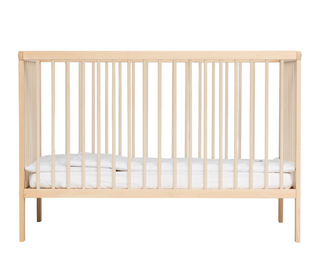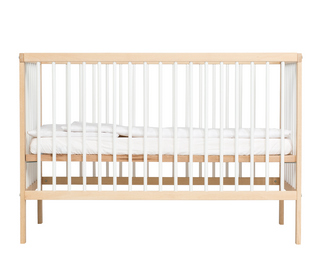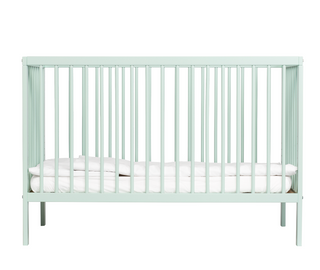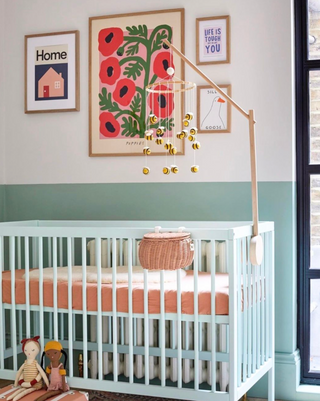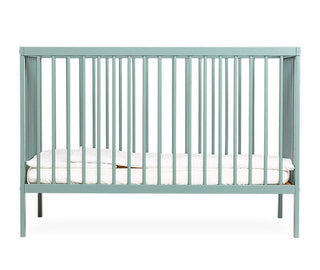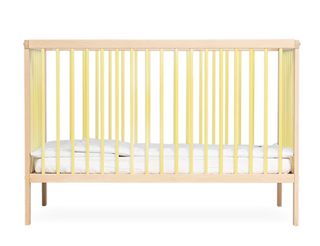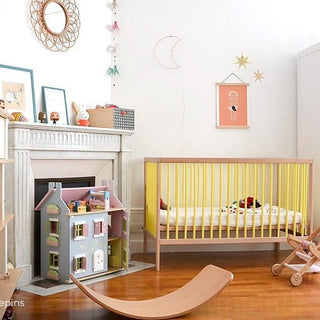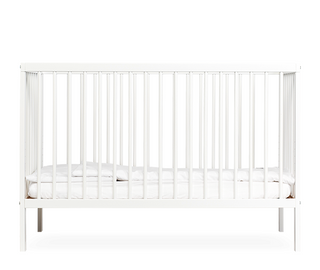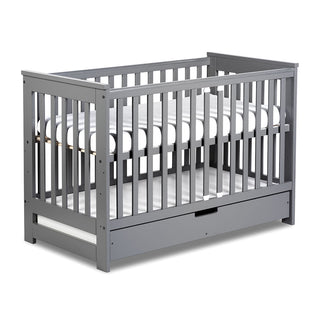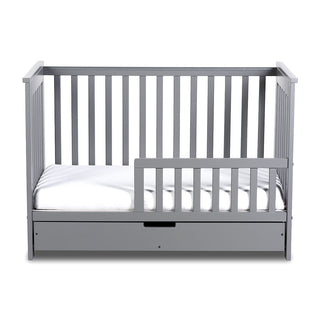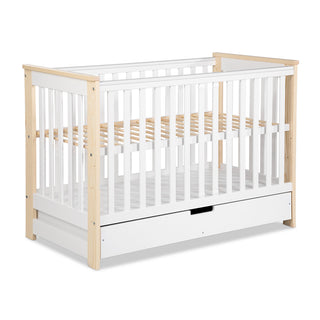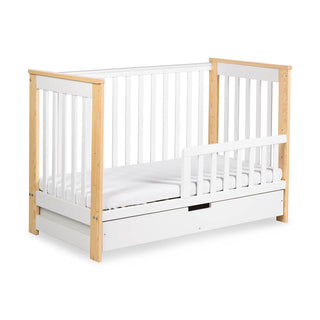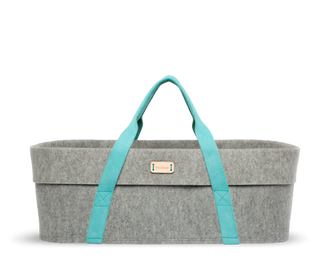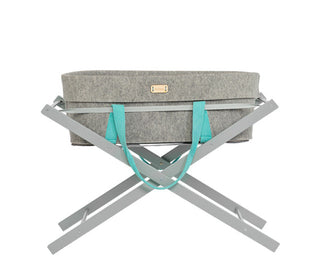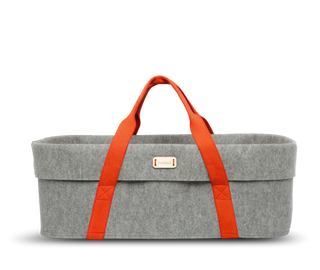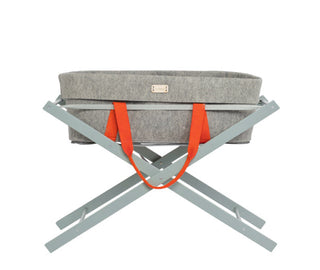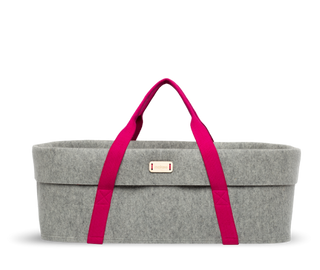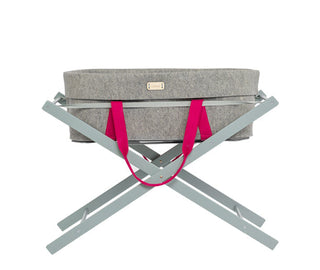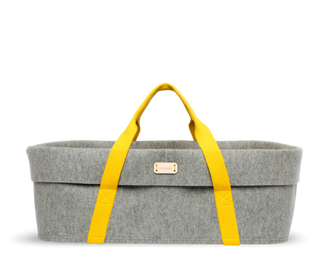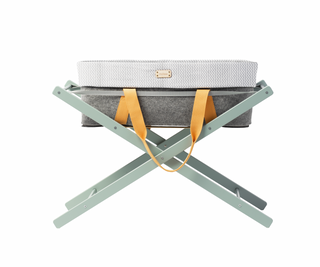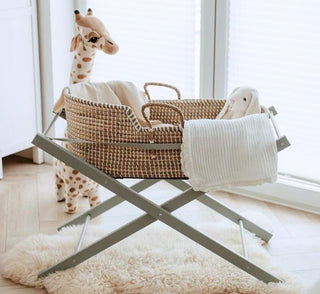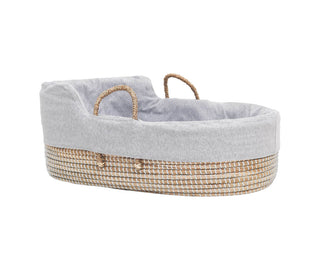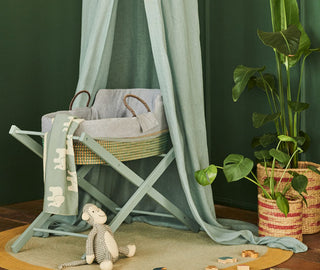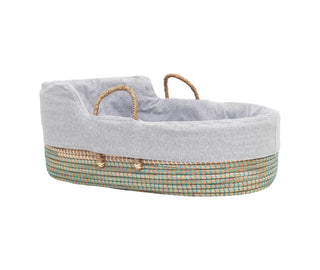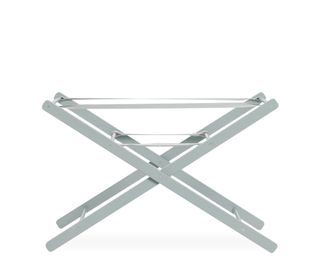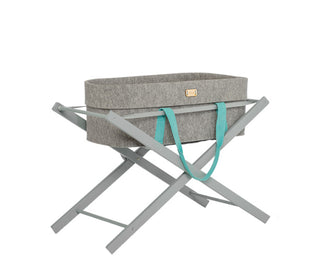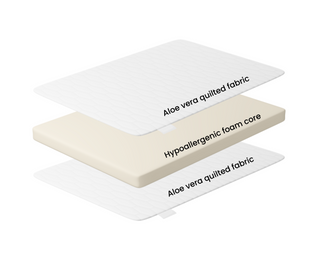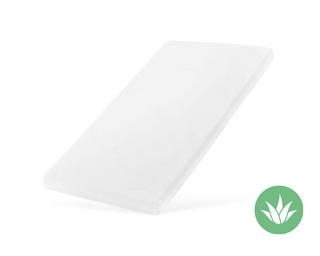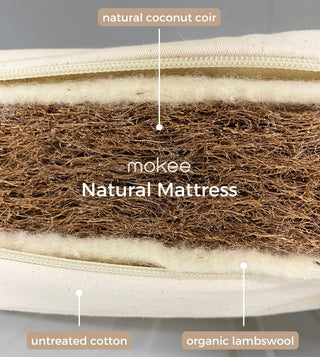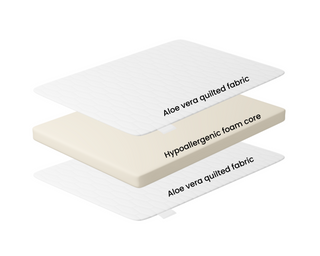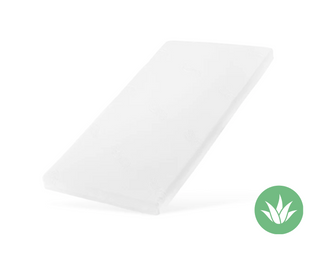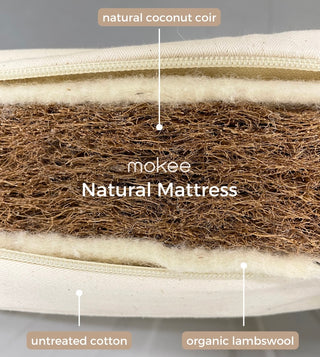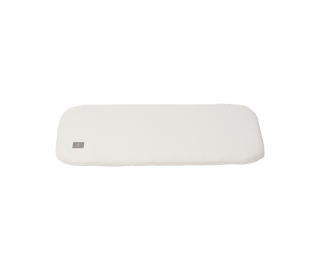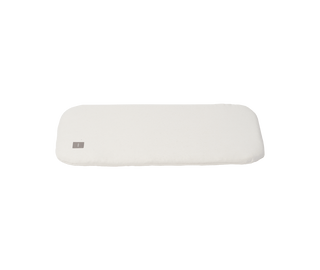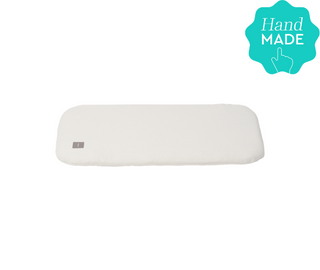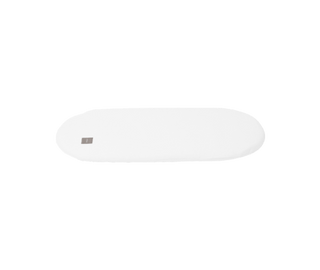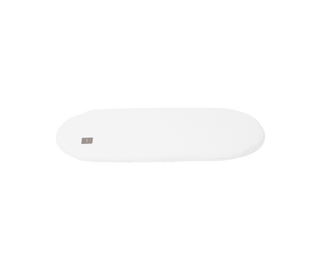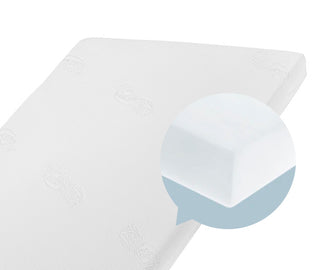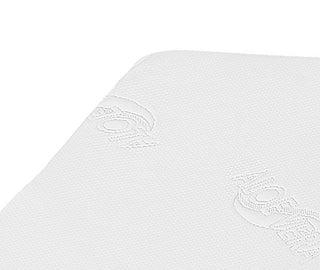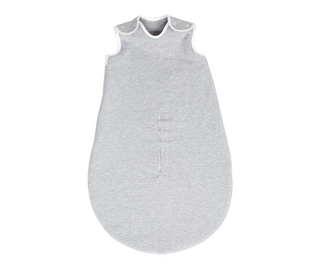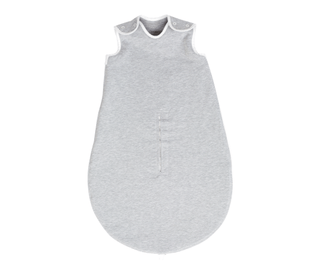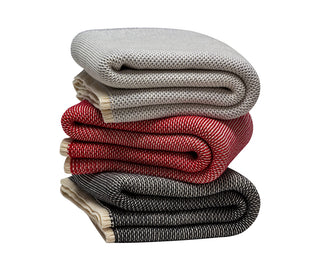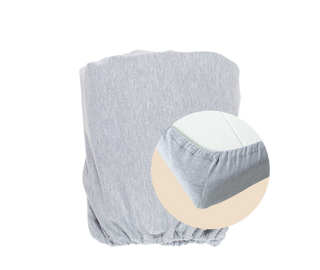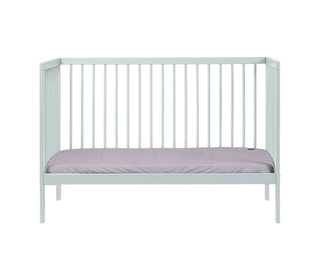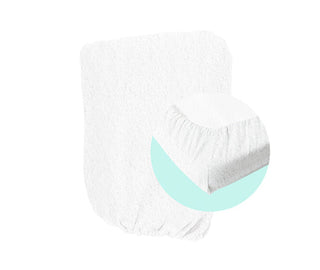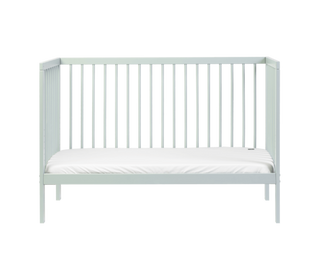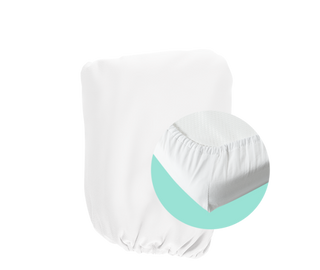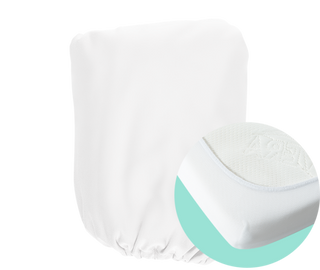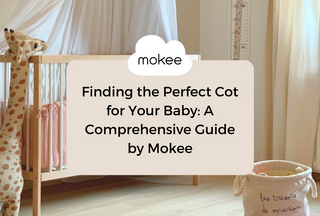6 min read
by Becca Smith • @beccasmith_tomlins
Read the blog post or listen to the podcast on Spotify:
How to breastfeed with Sophie Martin, The Infertile Midwife
Don’t put any pressure on yourself to breastfeed, but if you can it is great. The Royal College of Obstetricians and Gynaecologists has said that it is safe to breastfeed during Covid 19; there are lots of benefits to breastfeeding and it is considered safer to continue breastfeeding, rather than to stop at this time.
The benefits of breastfeeding
It is recommended to breastfeed for six months exclusively, this means no water, no juice just breastmilk for the first six months of life. It is recommended to continue alongside food up until the baby is two years old. Culturally it’s rare to see this but it is recommended by WHO. In the UK just 17% of babies are still breastfeeding after three months of age.
The benefits to the baby for breastfeeding are reduced risk of infections and fewer hospital attendances. There is a reduced risk of Sudden Infant Death Syndrome (SIDS). It reduces the risk of childhood leukaemia, diabetes, obesity, asthma, eczema, food allergies and it reduces the risk of cardiac problems later in life.
For mum the benefits are a reduced risk of breast cancer, ovarian cancer, osteoporosis, cardiac problems and obesity. It’s also cheaper and quicker than formula, it’s free!
Positioning
Breastfeeding is a skill and it requires patience and practice. There are two people involved in breastfeeding so you both have to learn the technique together to perfect the latch. Skin to skin is so important for establishing breastfeeding. Undress your baby but it can have a nappy on. Take your bra and top off and be bare chested. Bare skin needs to touch bare skin. It can seem like a lot of effort to undress yourself and the baby for each feed but it is the one thing that can make the biggest difference.
It is super important to be in a comfortable position as you might be there for up to 45 minutes. Use pillows and get comfy as you won’t be able to move much. Have a book and drink nearby as you’re going to need to drink lots of water when breastfeeding.
An acronym will help with remembering the best positioning of the baby- CHIN.
Close - your baby needs to be really close to you, skin to skin. Baby needs to be as close on your breasts as possible. The baby’s chin should be touching your breast before latch.
Head free - in order for baby to have a good latch they need to be able to throw their head back, so support their shoulders and neck but don’t hold their head. If you’re trying to eat and someone is pressing on the back of your head, it’s annoying and harder to eat. So leave the head free to throw it back as they latch on.
In line - the baby’s head has to be in line with their body, the head and shoulders need to straight together. Baby will find it easier to swallow with their head in line with their body, not to the side.
Nose to nipple - baby’s nose needs to be opposite the nipple. The baby’s mouth shouldn’t be opposite the nipple as this will lead to a shallow latch, when ideally we want biggest latch that they can get. The nipple needs to look like it’s going up the nose. Global health media has a great video to showcase this.
Unicef also has a great leaflet called ‘Off to the best start’, see here.
When bay is latched, their cheeks should be nice and round. There should be no dimples and they shouldn’t be sucking in, it’s sign it’s not in the right place.
Feeding the baby in cross cradle is great but you can do the rugby ball position which is where you hold your baby under your arm with cushions. The principles are always the same. Nose to nipple and pointing the nipple up the nose.
Laid back feeding is when you encourage the baby to find the breast themselves. Be skin to skin and put them on your tummy/chest and put a blanket on them and then they start to make their way to the nipple themselves. That’s why nipples are darker than the rest of the body – the baby can see light and dark contrasts.
You will keep the baby warm with skin to skin. But just make sure that you are covering their back with a blanket. Skin to skin helps regulate their breathing too.
Feeding signs
How do you know when your baby is hungry? If your newborn is awake, they usually want to eat. So if they’re awake, try to get them on the breast. They also start sucking their hands which is a sign of hunger. If they lick or smack their lips, it also means that they want to eat as well as if they turn their head, actively looking for the breast.
Crying is the last way that your baby will let you know that they’re hungry. It is much easier to feed your baby when they are calm, so pick your baby up before they start crying. In the night you’ll be sleeping, so the baby will cry to wake you up. It’s not the end of the world, but in the day, look out for the signs.
How often should you feed a newborn baby? Healthy, term babies should be fed 8-10 times in 24 hours. That’s not within the first 24 hours- they are usually sleepy on their first day of life so don’t always feed as much. The most important thing to note is that it’s on demand feeding. There is no set interval for feeding your baby. 8 to 10 times in 24 would be every three hours, but we don’t expect your baby to feed at regular intervals. Don’t make your baby wait to feed them, feed them when they’re hungry. Sometimes they’ll cluster feed and then go a bit longer without one. Make a note of when they’re feeding so that you’re getting those feeds in.
If your breasts are feeling full, you can feed your baby too, it works both ways!
Breastfeeding is all about supply and demand. The more your baby feeds, that sends a message to your brain to tell your body to make more milk. For the first three days, colostrum is made and it’s thick and full of nutrients; we call it liquid gold. By day three, baby’s tummy will have grown and your baby needs more milk. Your body doesn’t know that you need to make that milk until the baby tells the body. This is done by feeding. Around day two your baby will be very hungry and that baby will want to feed all the time. On the morning of day three the baby has fed all night and your breasts are really full. That is called the full milk. It’s got all the nutrients but it’s more runny than the colostrum.
How to know if your baby is getting enough milk?
The urine output is a good way to tell if your baby is feeding enough. You should expect one wet nappy when the baby is one day old, two when two days old, three when three and all the way up until day six when we want six wet nappies per day. A lot of the nappies in the shops have a yellow line which goes down the nappy. It will turn blue when the baby has done a wee. Have a notebook or app and write down every time the baby does a wee too.
Bowl movements are a good sign that baby is eating. Babies should be pooing at least once a day. They can go a day or more without pooing though. It’s the colour of the poo which is most important. Poo is black like tar for the first poo, this is called meconium . By day three it will start to go green which is when the milk comes in. It gets runnier and by day five the poo should be really runny and bright yellow, like mustard. A lot of parents think it’s an upset tummy, but it’s not.
Weight loss is a good indicator as to whether the baby is getting enough milk. Your midwife will weigh your baby at five days old and we expect a small amount weight loss at this time but no more than 8% of their body weight. Don’t panic, your midwife will do a specific plan on what to do to get them back on track if they have lost more than this.
How often the baby is feeding is an indicator of how much they’re getting. If they’re not feeding 8-10 times a day, then they’re not getting enough. If they feed more than 8-10times in 24 hours, it might not also be enough as they’re still hungry. Note how long feeds last too. The length of a feed is a good indicator. Most feeds should be between 5-45 minutes. If it’s longer they may not be getting enough milk.
The sucking pattern of the baby during a feed is also a sign. You shouldn’t hear the baby feed when they feed, you should hear swallowing but not sucking. If this is the case, often the latch is too shallow. Pop a clean finger into the mouth to break the suction and take the baby off. Don’t pull the baby off the nipple as they have a suction and they’re just going to pull on the nipple and it’s really painful. Please don’t be tempted to let them carry on. You need to unlatch them if it’s not right as your nipples can get really sore. Just start again.
Baby should come off the breast themselves, they often unlatch or fall asleep. Once they’ve stopped remove them from the breast.
The shape of the nipple after the feed is a good indicator on the latch and how much milk the baby is getting. The nipple should be nice and round, looking the same as before. In a shallow latch the nipple will look like it’s been pinched, or like a brand new lipstick. This is not how it should be.
Hand expressing
This is when you squeeze milk out of your breast by hand. If you need to express milk in the first few days, don’t use a breast pump, as there’s not enough milk. If you have a blocked milk duck, hand expressing will help. Think of your breast as a muscle; you need to warm up your breast. Have a bath or a shower or use a hot compress. Massage the breast too with your knuckles. Gently massage towards the nipple. Do it all the way round your breast to warm it up. After a few minutes you can put your hand in a c shape and put it 2-3 cm away from the nipple and then squeeze, a few times. Don’t squeeze hard and keep going until you see droplets of milk. Be patient. When it starts flowing keep squeezing until it slows down and stops. Don’t squeeze the nipple; the milk ducts are not in the nipple, they’re in the breast tissue.
Then move your hands to a different position until it comes out and then stops. Keep doing this until you’ve done the whole of the breast. The more you stimulate the breasts, the more milk you produce. A lot of women will start hand expressing from 36 weeks. You can freeze it and save it for baby once they are born.
Storing the breast milk is easy, it can stay out for 6 hours, in the fridge for 6 days, don’t put it in the door of the fridge as it’s slightly warmer. It can then stay for 6 months in the freezer and always label with the date you expressed it.
Common problems
Sore nipples are caused by a shallow latch, so the baby is sucking on the nipple. They need to be sucking on the breast not the nipple. Treat the sore nipples with nipple creams. Breast milk is also amazing to help heal, so put it on your nipple! Getting air to your nipples can be great too. Always sort the problem with the latch, sucking on the end rather than on the breast. Work hard to put nose to nipple, make sure baby is reaching up and over the nipple.
Engorged breasts are when breasts have got overfull which again could be due to a poor latch. They get hard and sore and look shiny. You might get mastitis, if you don’t treat it. Empty your breast fully every time you feed. Give the baby one feed on one breast, it must be fully drained before moving on to the second breast. Feel your breast as it should feel soft after. Don’t offer baby a second beast if you haven’t finished the first one.
Mastitis is an inflammation or infection in the breasts. You can see a hot patch on the breast- bright red and warm to touch. You need to keep feeding and get the milk flowing. A hot compress or a shower can help and get the baby to pump where the red patch is, to empty the problem. If you have a temperature or feel flu like, get antibiotics to stop the infection. Keep feeding as you’ll make the situation worst if you don’t.
Thrush- you can get thrush in your breasts and this is a shooting pain which you’ll get it in both breasts. After a feed you might notice your baby’s tongue is a little bit white. If baby’s tongue is still very white a few hours later, you might have thrush. It’s not harmful for you or the baby but get the treatment as it can be painful for you. See your GP.

